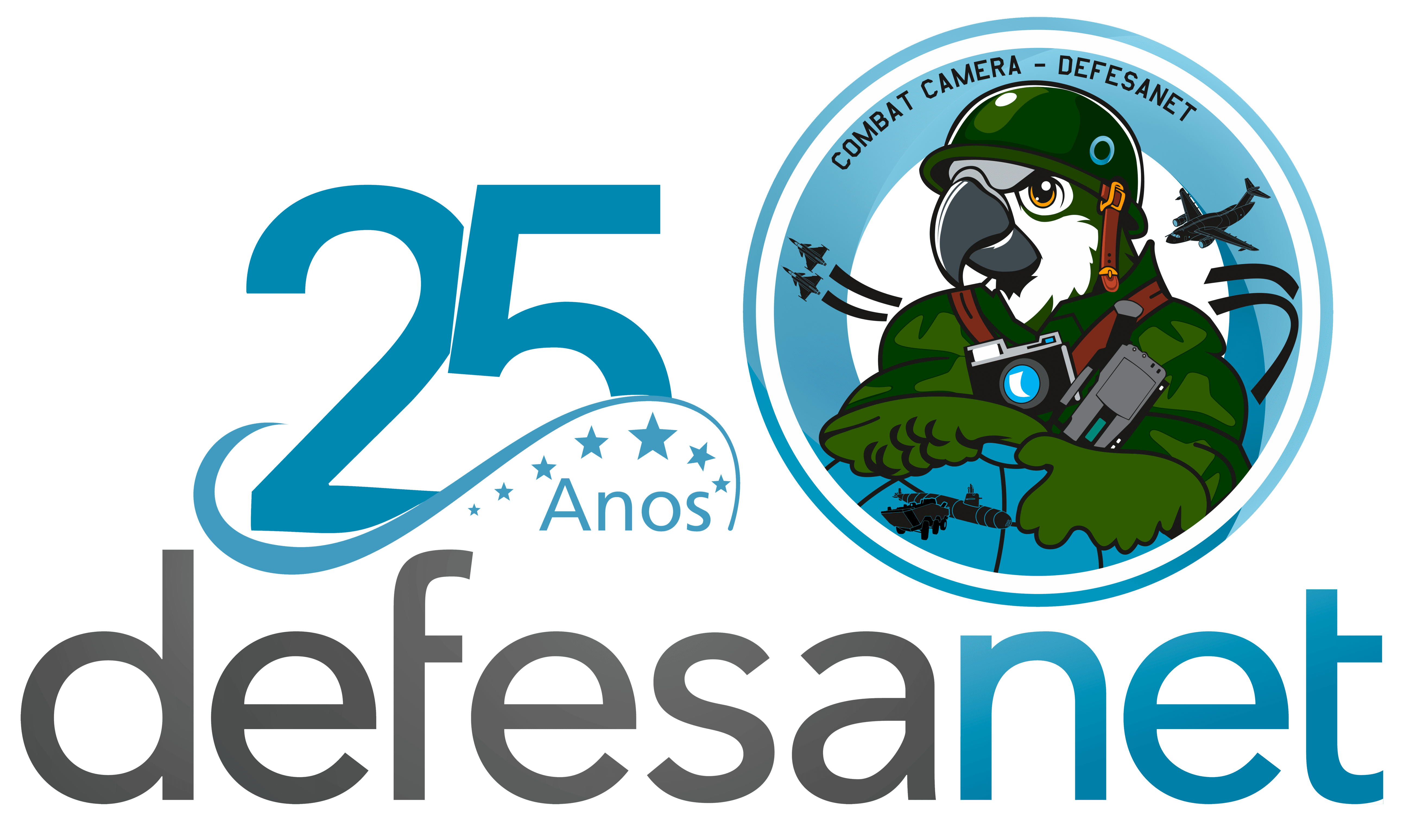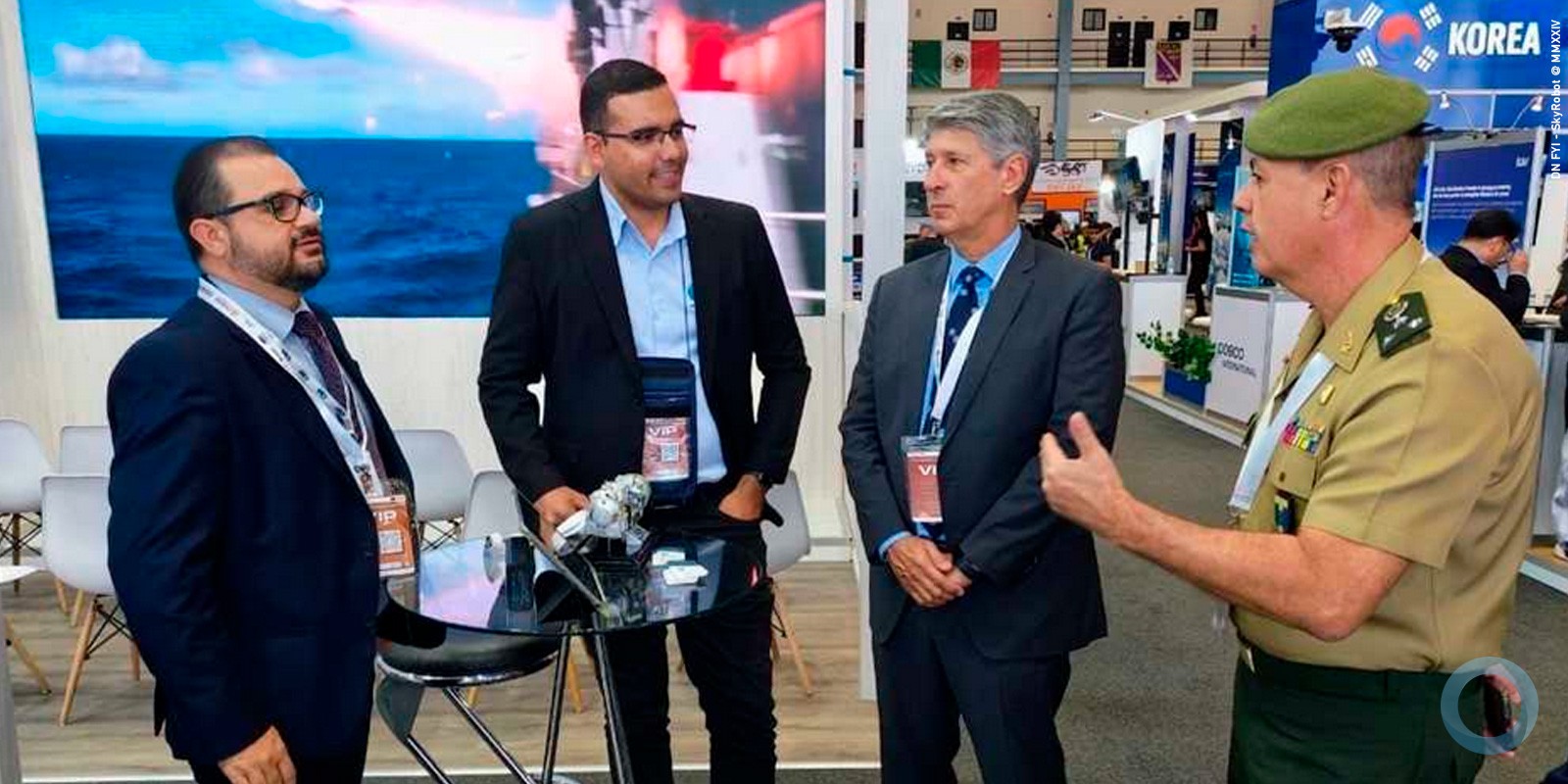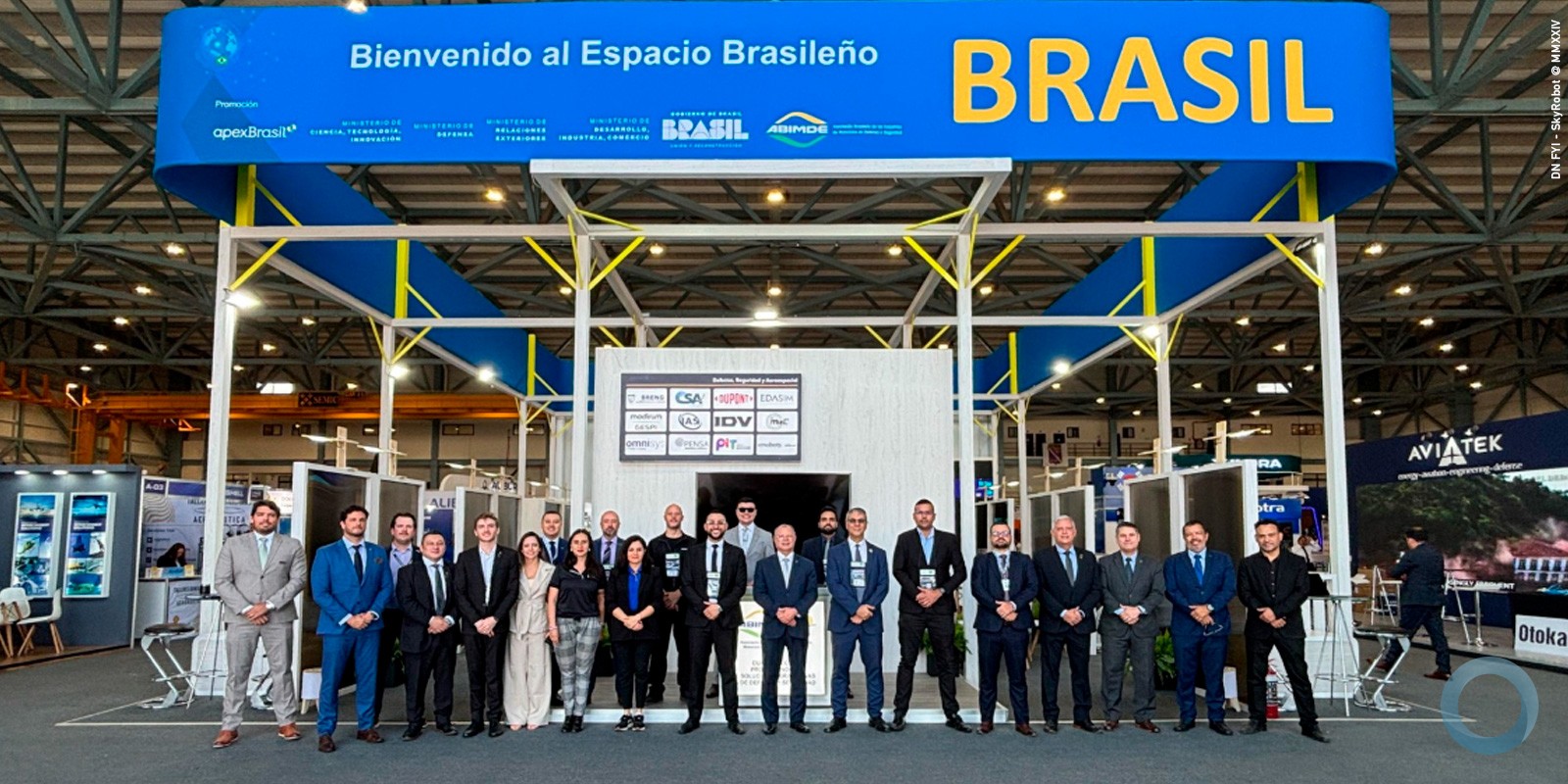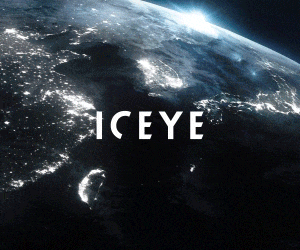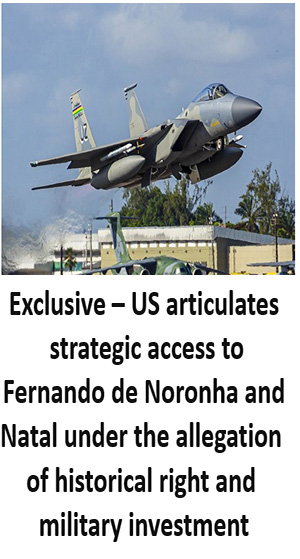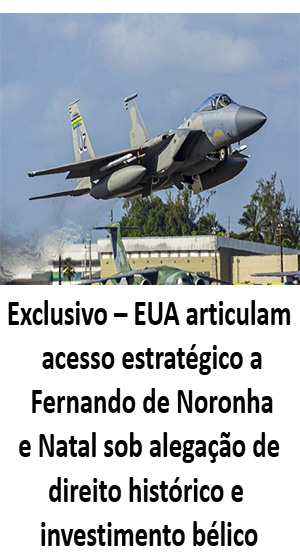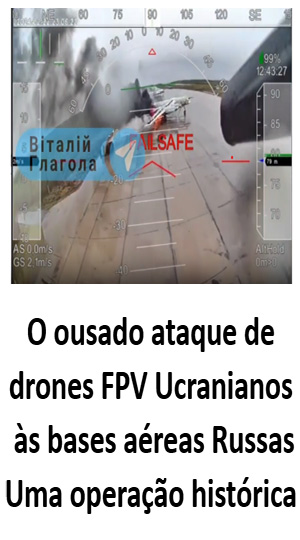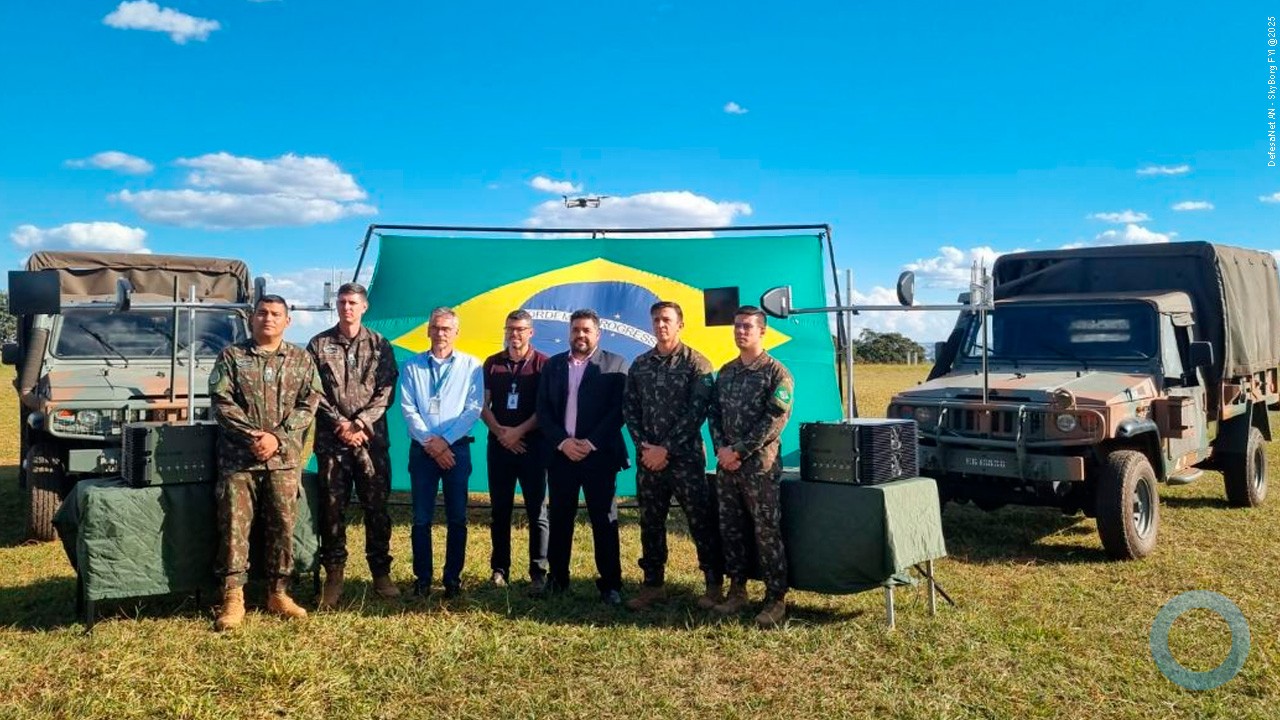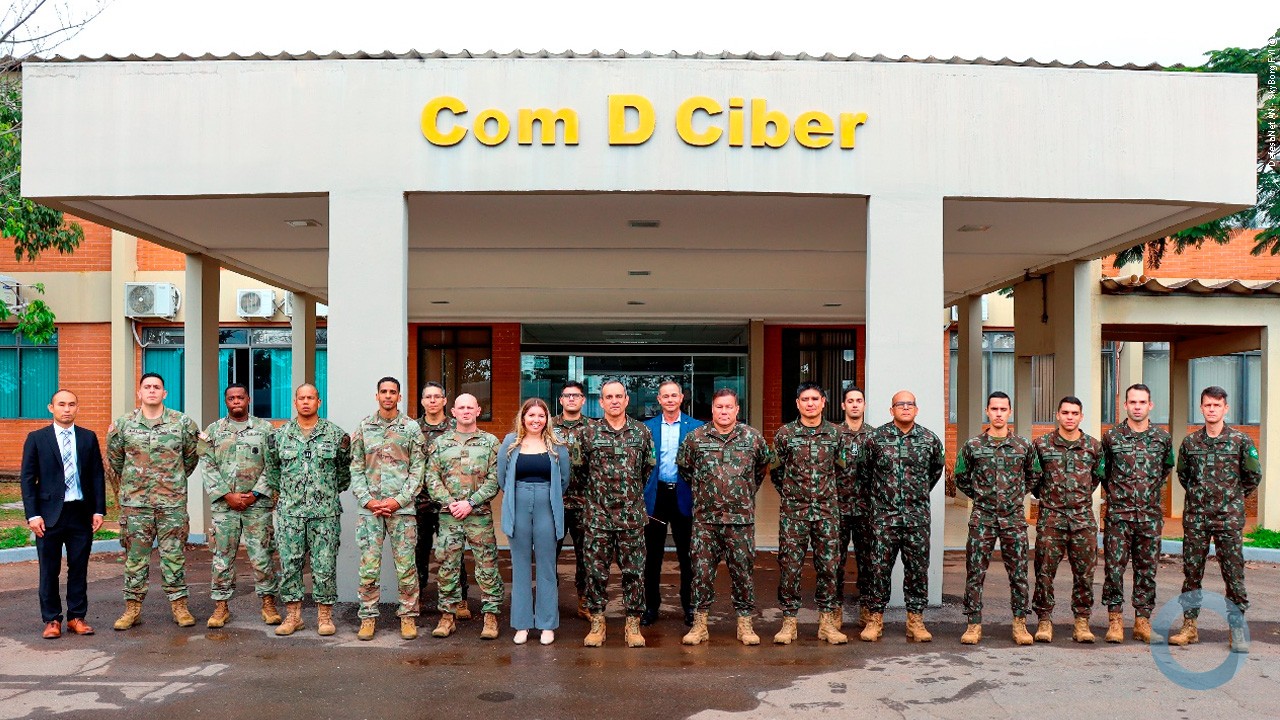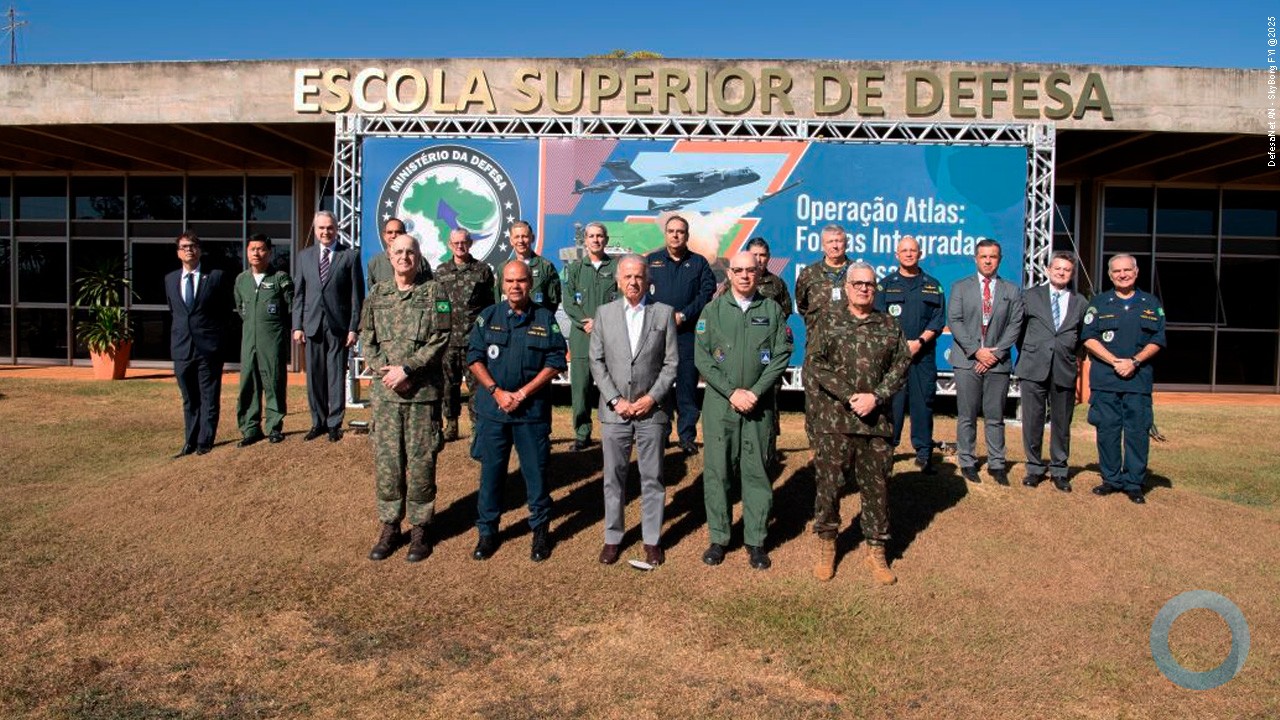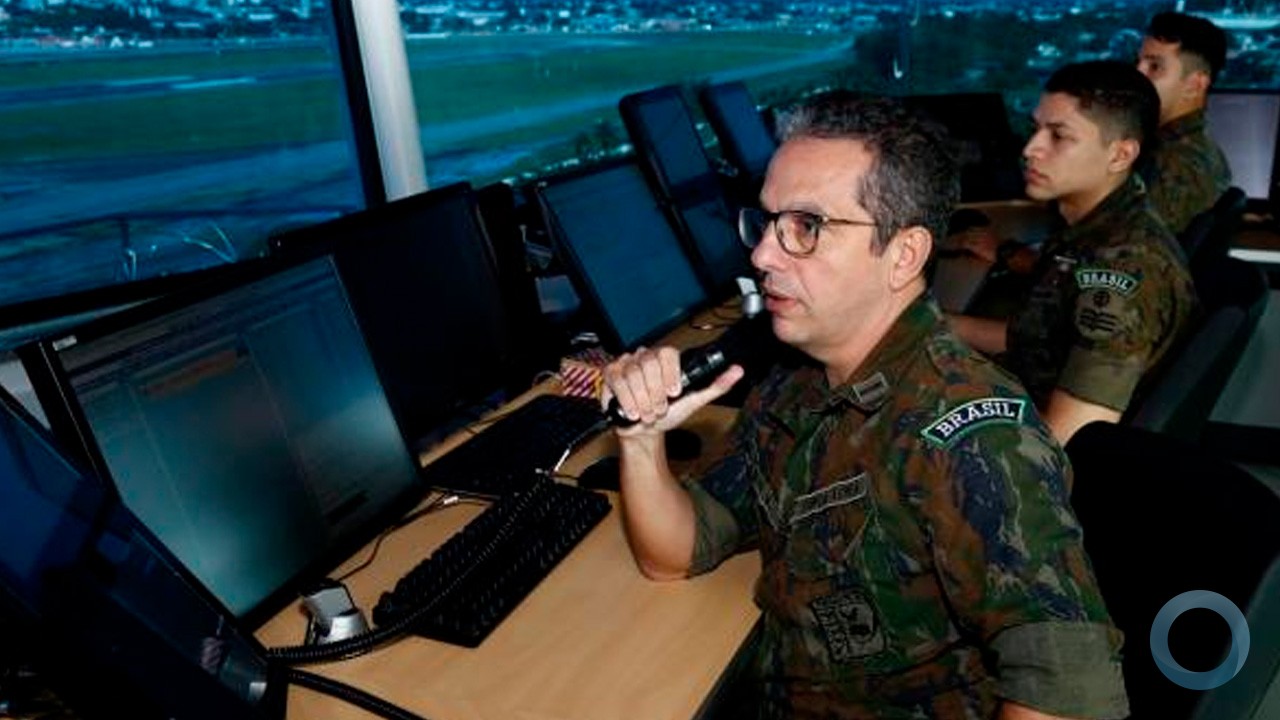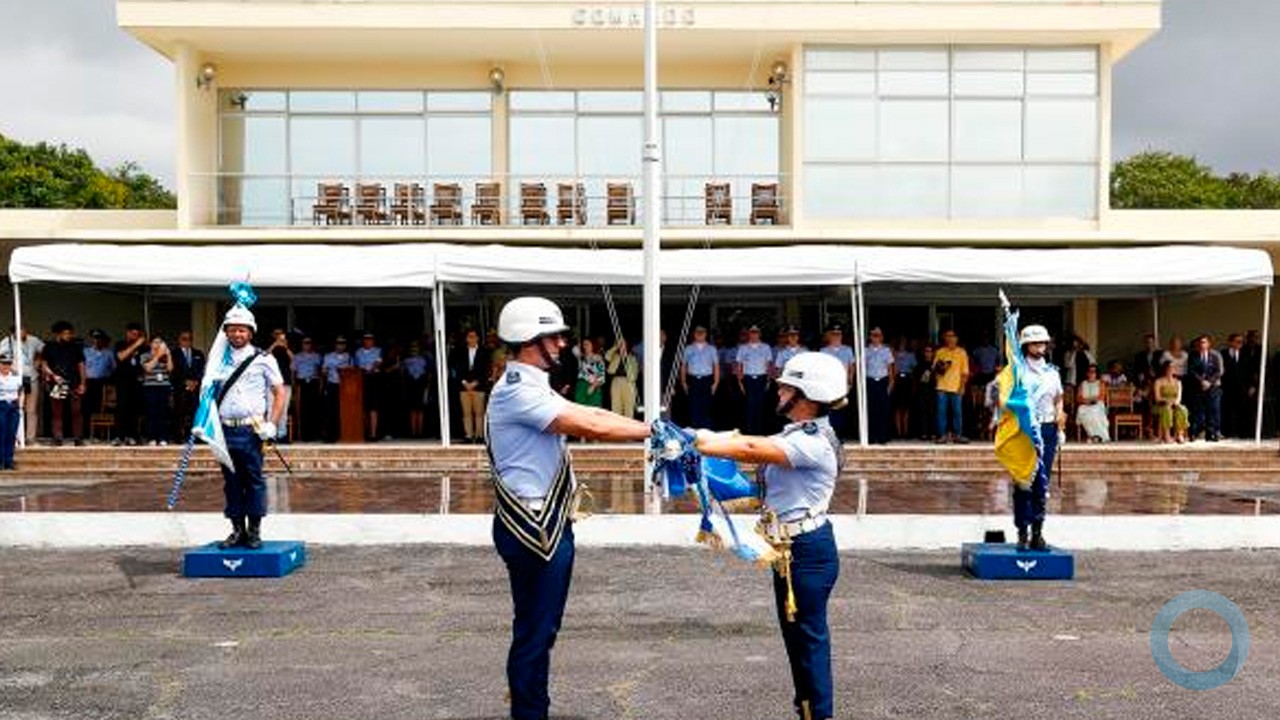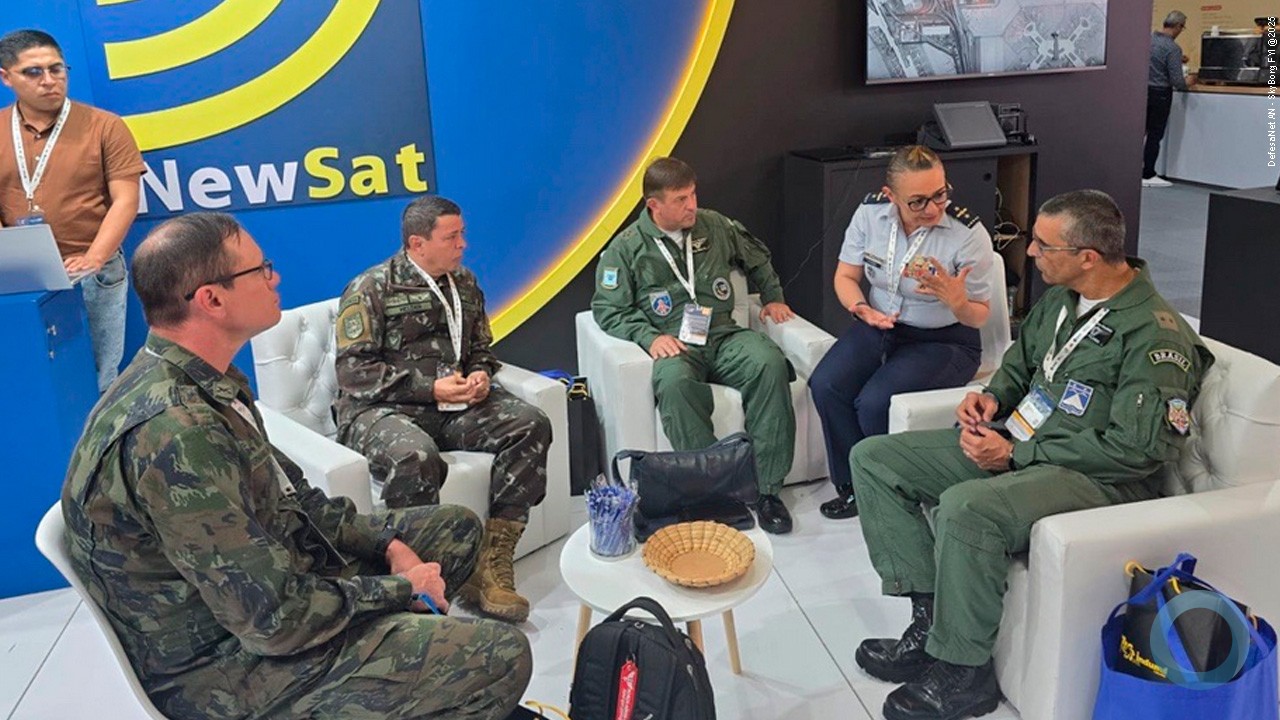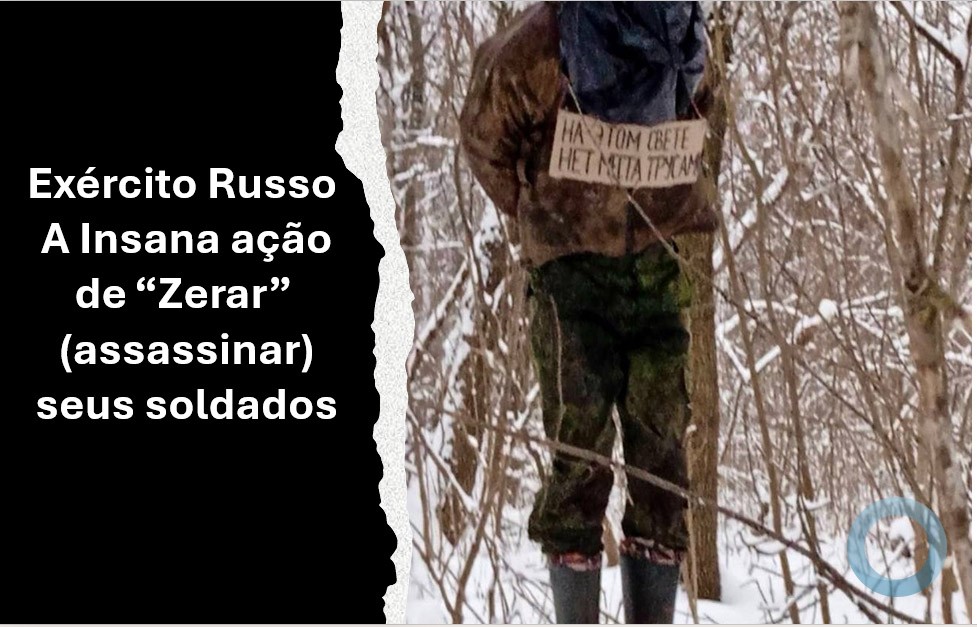Marcos Ommati
Brazil is the host country for UNITAS Amphibious (2015), which is a joint military training exercise between Marines from various countries of the Americas. The event, led by the Brazilian Navy (MB), through the Marine Corps (FN) command, is being held November 15-24 in Rio de Janeiro. Diálogo spoke with Marine Corps Lieutenant General Fernando Antonio Siqueira Ribeiro, Commandant-General of the Brazilian Marine Corps (CFN) to learn more about this, which is the oldest multinational naval exercise of the Americas and other current issues affecting the CFN .
Diálogo: What is the importance for Brazil to be the host country of UNITAS Amphibious?
Lieutenant General Fernando Antonio: Brazil is positioned within a guideline provided for in the National Defense Strategy, concerned with its strategic environment, namely the Atlantic Coast of Africa, i.e. Portuguese-speaking countries on the seaboard, and including Mozambique, Timor, and Portugal and obviously all of South America and parts of the Caribbean. This strategic environment is an integral part of our international relations goals as a country. And an exercise such as UNITAS Amphibious is perfect for us to exercise our contribution in achieving this goal; which is to have this relationship with the countries of our strategic environment. I believe this is the greatest importance.
How is the financial crisis in Brazil affecting the Marine Corps?
Lt. Gen. Fernando Antonio: We have benefited from hosting major events in Brazil, such as the 2011 Military World Games, the 2013 Confederations Cup, and the 2014 World Cup. Therefore, we have had the opportunity to receive allocations of financial resources from the Navy, as well as resources from the Ministry of Defense and also from other ministries, for example, the Ministry of Sports. And this has enabled us to maintain the Corps in a situation that I would consider very good concerning equipment. When I say equipment, I speak of our light, heavy, and armor vehicles, but not only communications equipment, but all the chemical, biological, and radiological and nuclear defense equipment; stadium sweeps, decontamination in case of an incident, and also very specific special operations materials, particularly against terrorism.
Can you give an example of equipment acquisition in the short term?
Lt. Gen. Fernando Antonio: The Brazilian Navy is in the process of procuring the multipurpose ship Doca, which will be received by us within a few months and will be christened with the name Bahia. This will, without doubt, confer the Marines with the capability to project power. To extend this capability to the MB is important because it is a resource with a number of possibilities that can be used to support the civil defense agencies in any natural disaster, or something of that nature; for example, a natural disaster at one of the oil fields.
It is a resource that can operate in support of the society facilitating any problem that may have occurred, but also in amphibious operations. In short, we are capable of carrying out our amphibious operations within our capabilities. Currently, I do not see a sector within the Corps that may become a concern; a drop in its quality and readiness.
Marine Lieutenant General Alexandre José Barreto de Mattos, Commander of the Marine Force Squadron, present at the interview, made an aside.
Lieutanant General Alexandre: Resource management is becoming more accurate and more refined with modern management practices that are being employed more frequently, and this also helps during this time of crisis, so it does not have such a great impact on the Force.
The United Nations Stabilization Mission in Haiti (MINUSTAH) will be terminated in 2016. What were the main legacies for the Brazilian Military, especially the Marines, participating in this important UN peacekeeping mission from its inception in 2004?
Lt. Gen. Fernando Antonio: "Lessons learned" was the most important. I think that as we study the procedures we adopted in the various MINUSTAH stages; initially, the clashes with the gangs that were established in Haiti and later, the effective role to legitimize an electoral process that was held there after many years. Later, the stabilization, area control, etc. took place when we began planning the reduction of military forces in Haiti, but then came the January 2010 earthquake. From that point forward there was a radical change in procedures and once again lessons learned. Lessons learned that unfortunately we had to use here in Brazil.
We’ve had to apply the lessons learned in Haiti to address post-earthquake humanitarian operations in Chile and we have applied [them] in many, not only our Marine Corps, but also the Brazilian Army that is now aiding at the dam failure in Mariana (MG). And later, during this period: once again the pursuit of stability and preparing the necessary infrastructure in the country so it can continue. The idea of the United Nations Mission is to ensure the stability of the country so that it can continue by its own means. Therefore, a UN mandate approved by the Security Council on October 15, determining the role of MINUSTAH until October 15, 2016, clearly states that the military troop’s portion will be terminated.
Furthermore, it intends to establish another peace mission. As a result, our service members stationed there will return. Specifically, for the Marine Corps, I believe the takeaway is this great legacy of lessons learned. But we also ended up benefiting with a lot of material resources. We had to apply resources very quickly in so-called individual ballistic protection equipment.
We already had our bulletproof vests, but the modernity of equipment that were emerging, the weapons, demanded that we also evolved in replacing our helmets, in replacing our ballistic plate carrier vests to protect vital areas. Various items from our individual equipment were used: knee pads, elbow pads, shoulder pads, in short, there was a concern with all this basic individual combat equipment to provide better ballistic protection to the combatant Marine.
With regard to materiel, I believe the great legacy was the entry or the return of Marine Corps-employed wheeled armored transport vehicles. We also had legacies in doctrine, the preparation of our service members, the attitude of certain procedures, use of simulators for actions. We trained with the use of a laser infantry tactical simulator, for example. I believe the whole of our participation in the peace mission in Haiti will support everything we do for many years to come. That was very important.
What is the effective participation of CFN in protecting the Blue Amazon?
Lt. Gen. Fernando Antonio: The Marine Corps’ main focus is their amphibious component. We are an integral part, absolutely intrinsic, of the Brazilian Navy. We are the Brazilian Navy. We participate in everything concerning the Blue Amazon and more, all our strategic environment comprises the South Atlantic and the coast of South America, in addition to the coast of Africa. Control of this Atlantic region may have to be carried out by controlling certain bases, certain islands, and certain strategic locations on the coast and this is exactly what is provided for in the National Defense Strategy.
Operations on ocean islands are attributed to the Marine Corps, and this is clearly determined. The National Defense Strategy also determines that the Navy must have a Marine Corps operating in a permanent state of readiness to act near the projection of power. And this projection of power will occur under this circumstance on the coast that will or will not be hostile, with or without consent, of the sitting government to execute one of those traditional types of amphibious operations and this is the Marine’s natural calling.
How does this presence occur?
Lt. Gen. Fernando Antonio: Our presence in this strategic environment is through what today is called “soft power;” it occurs off the coast of Africa, in Namibia, assisting their Navy in building their Marine Corps. It also occurs in São Tomé and Príncipe in the development of the Democratic Republic of São Tomé and Príncipe Armed Forces Coast Guard Marines; in short, we actually already have this presence in the Atlantic Ocean. With regard to the Blue Amazon, we have an obligation to ensure the safety of our resources, including with regard to asymmetric threats. We see acts of piracy, which, of course, require that we have qualified people to act upon the so-called Asymmetric Reaction Groups. Therefore, the example I give is our Maritime Task Force Flagship that is in the United Nations Interim Force in Lebanon (UNIFIL), which has a Marine detachment on board, and part of that on-board group is actually an Asymmetric Threat Reaction Group.
And what about the Gren Amazon?
Lt. Gen. Fernando Antonio: The National Defense Strategy determines our operational boundaries: the Naval Forces, the Amazon fleet, the North patrol force ships, in short, the presence of the Marines is to ensure control of these waterways. The activities in the inner area of the Amazon are attributed to the Land Force, to the Brazilian Army. We have to be ready and capable of controlling the banks and margins that enable control of the waterways. It is a clearly defined division of tasks that exists between the Marine Corps Operating Force and the Brazilian Army’s Jungle Infantry Battalion.
And when do you estimate to transform the FN Forces in Belém (PA) and Ladário (MS) into Riverine Operations Battalions, therefore, emphasizing the military presence in the border region?
Lt. Gen. Fernando Antonio: I expect that Belém, depending on the documentation and other necessary procedures, will happen in 2017. And Ladário will be in a not-so-close future. I would consider Belém in the short term, Ladário in the medium term and another force, you did not mention, Tabatinga, in the long term, as we do not have a Marine presence there, except for the Manaus Riverside Operations Battalion, which is stationed there. We would have to build facilities, etc. This is the structure we have in the Green Amazon region.
What is the importance of conducting joint and other exercises between the CFN and the United States, generally speaking, and the Southern Command (MARFORSOUTH) in a more specific way?
Lt. Gen. Fernando Antonio: For me it is very rewarding to work with the Marines. Personally, since I was a second lieutenant, I had contact with the U.S. Marines, when enrolled in the Command and General Staff Officers Course. Imagine, a second lieutenant taking a specific amphibious operations logistics Command and General Staff Course! Today, our doctrine is its own doctrine, but we were heavily influenced by the Marine Corps and this was something that occurred naturally after the great amphibious campaigns in World War II.
This influence was something natural and my generation is a post-World War II generation, which already had this influence through manuals, courses in the United States, and so on when it began to occupy the first positions professionally. I was an exchange officer in the Second Marine Division, which is the main operating unit of the U.S. Marine Corps.
As General Commandant of the Marine Corps and previously as Commander of the Marine Force Fleet commanding one of the forces of the Marine Force Fleet, to see this participation today, this integration with the U.S. Marine Corps is very rewarding. It is also very gratifying to hear them truthfully say that we are on the right track, that we are such a high level of training, operating preparedness, and readiness at the strategic requirement of our country.
They have great consideration for the Brazilian Marine Corps. So much so, they bring the U.S. service members here for training with us, regardless of UNITAS. We have had their participation in normal day-to-day training with our staff here. The presence of a United States Marine officer in the General Staff of the Marine Force Fleet Division is proof of that. The Marines have participated with us in the annual exercises in Formosa (Brasília) for a few years. So, I believe that this integration has been going well for some years.
